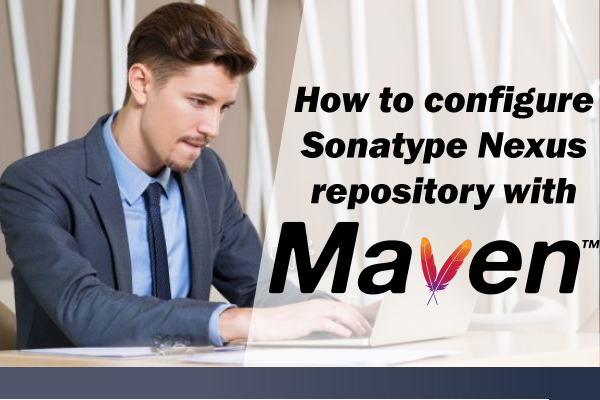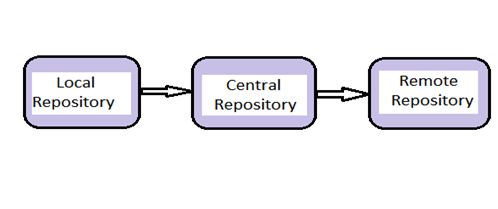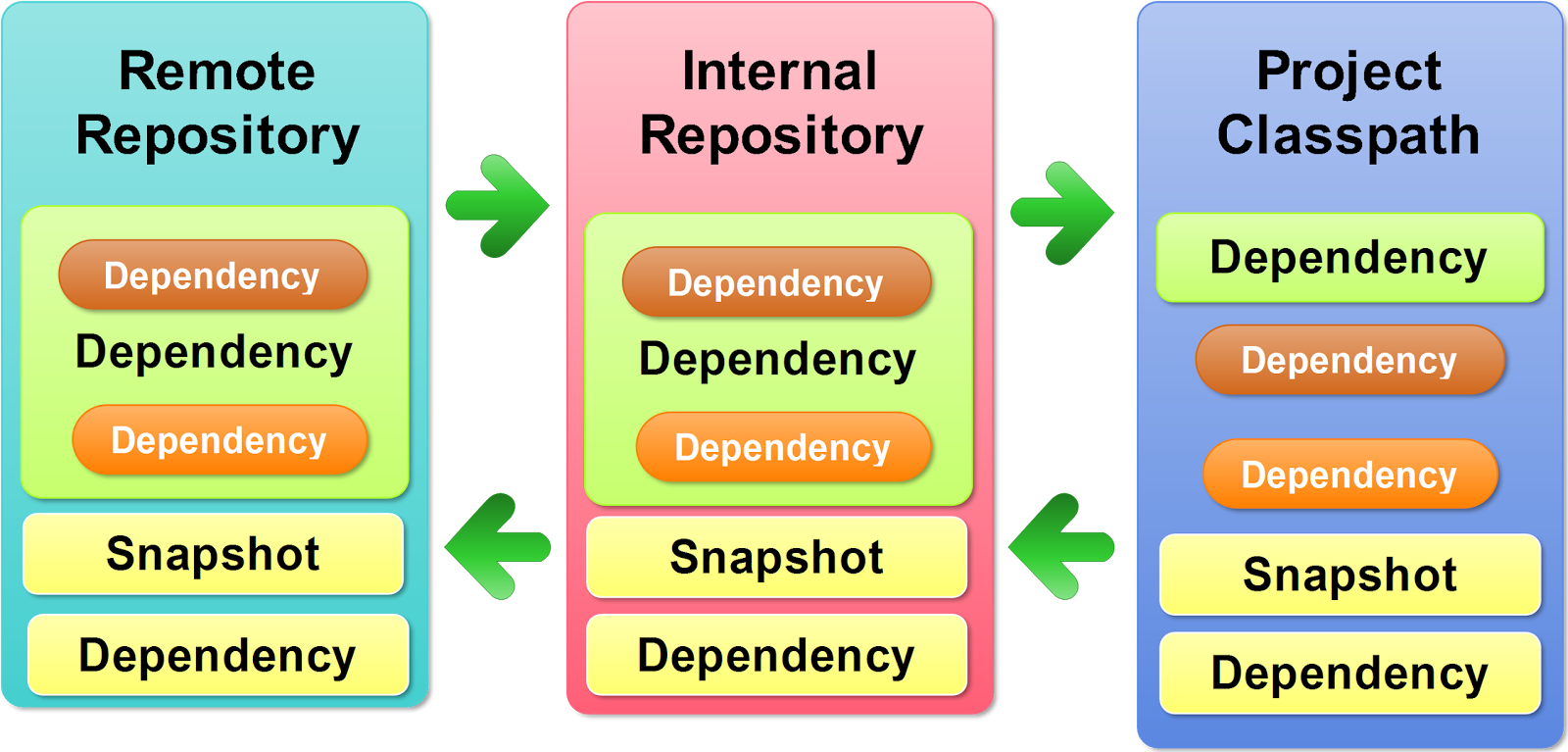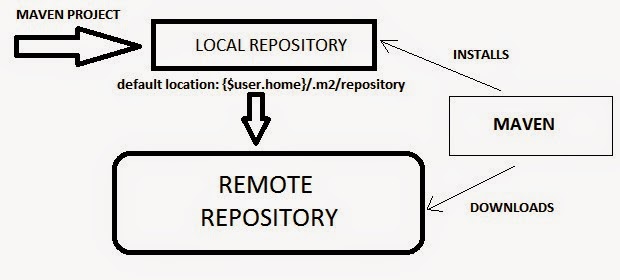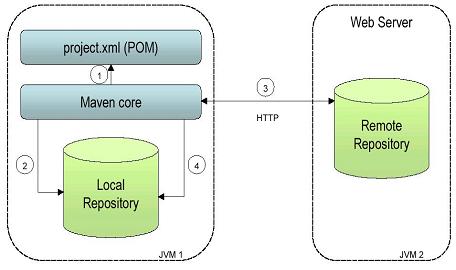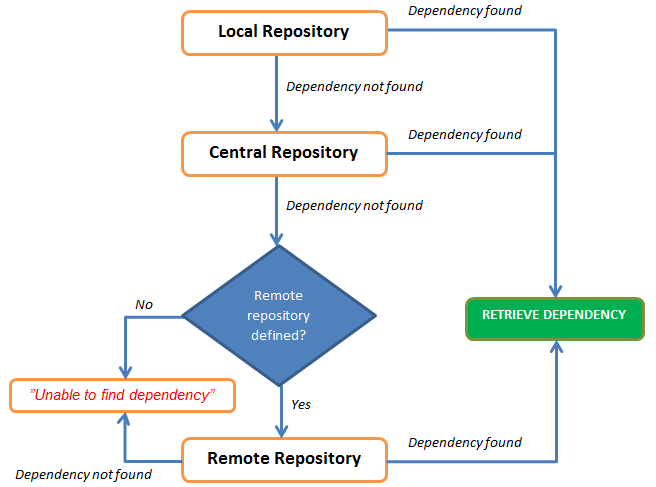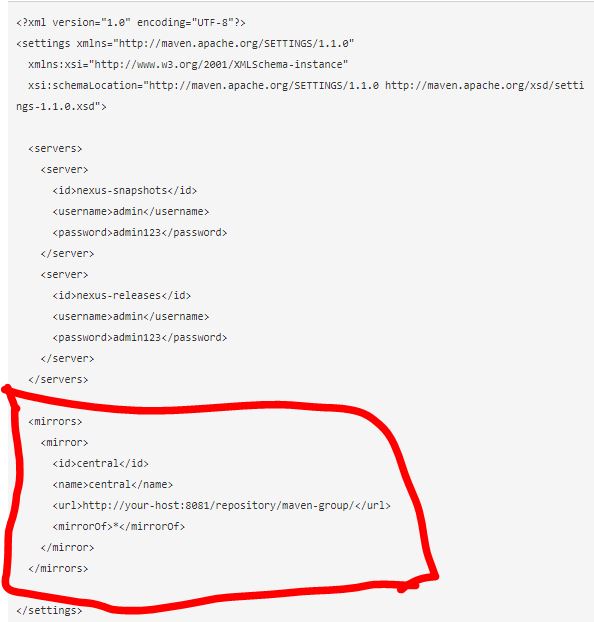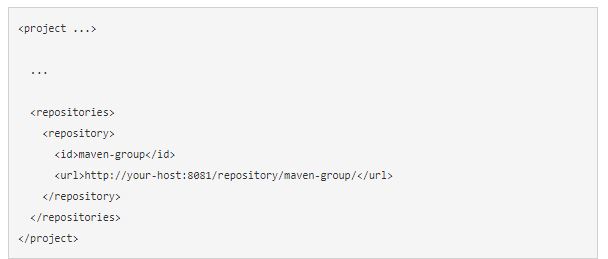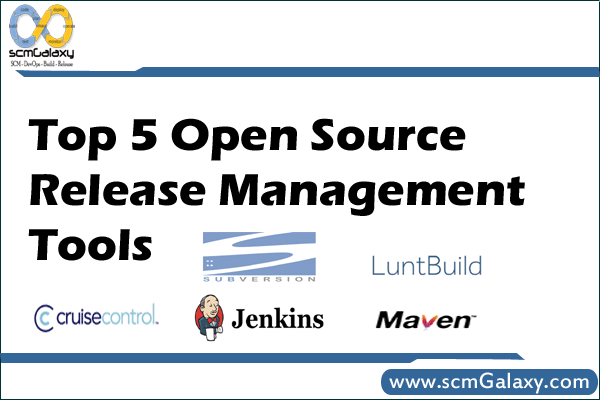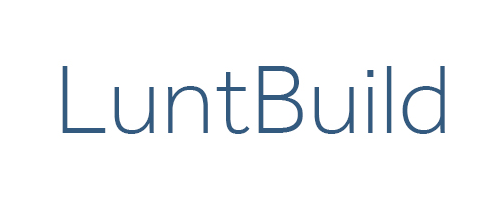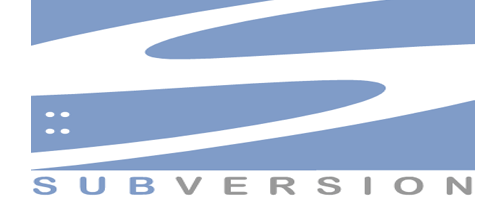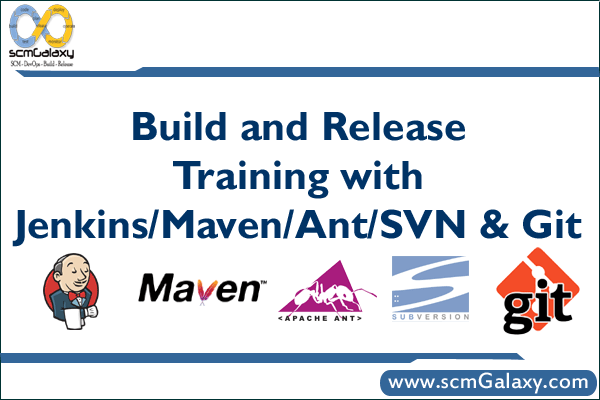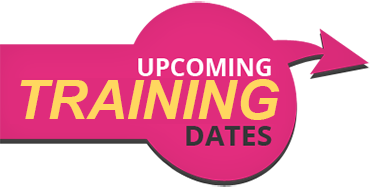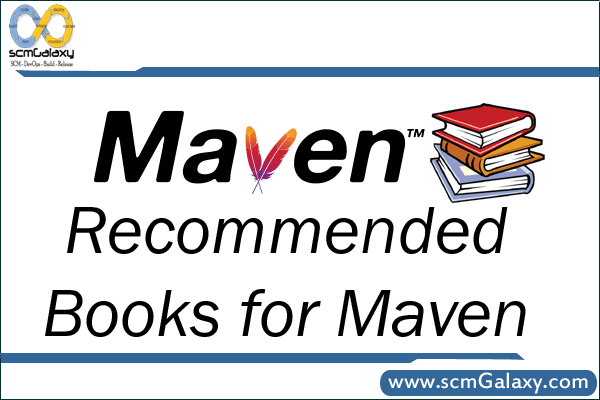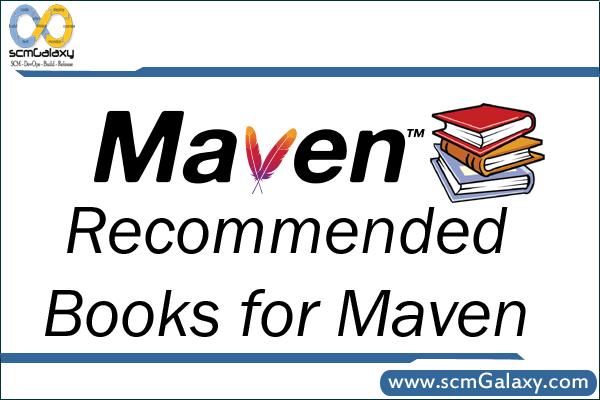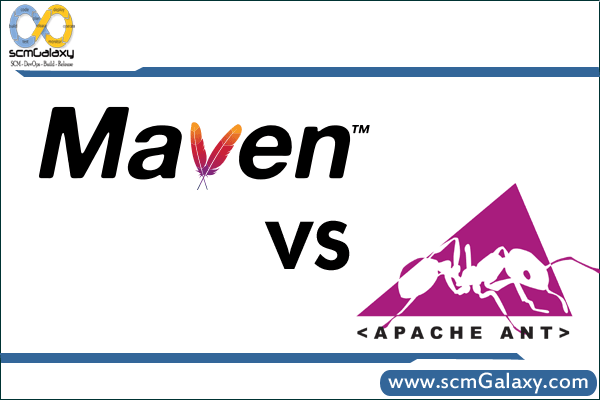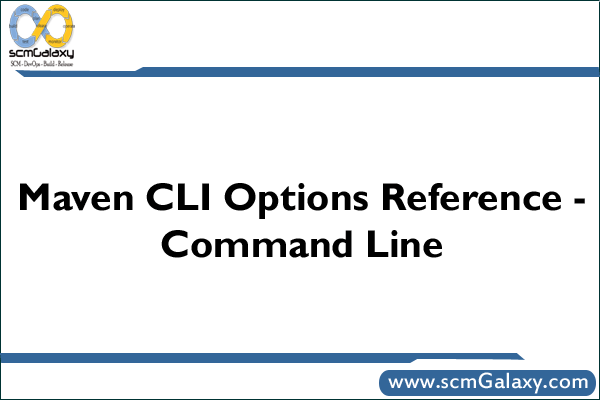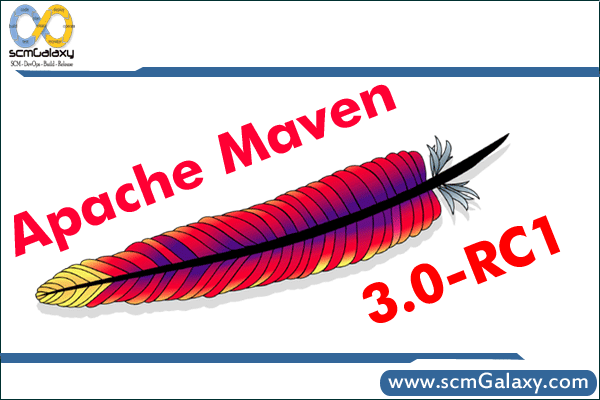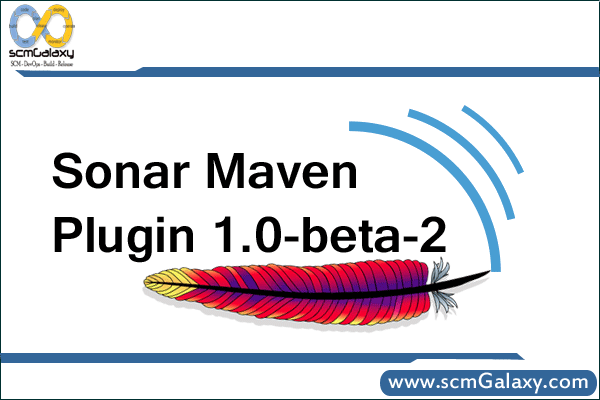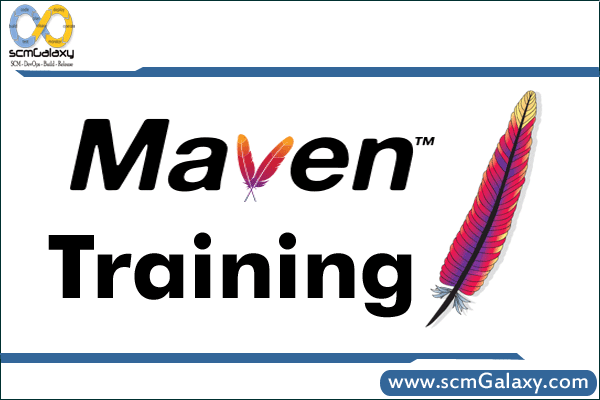

scmGalaxy is a community initiatives based on Software configuration management that helps community members to optimize their software development process, Software Development Life Cycle optimization, Agile Methodologies and improve productivity across all aspects of Java development, including Build Scripts, Testing, Issue Tracking, Continuous Integration, Code Quality and more. scmGalaxy group that helps organisations optimize their software development process. We provide consulting, training and mentoring services in Agile Development Practices such as Version Management, Continuous Integration, Build Management, Test-Driven Development, Acceptance-Test Driven Development, Build Automation, Code Quality Practices and Automated Testing.
We provide job oriented training in the area of Configuration management, Build and Release Engineering. Candidates with engineering or software background and looking to either start or change their career to Build and Release Engineering, would benefit most from this training. Instructor-led training course offered in India, Bangalore, Delhi, Pune, Mumbai and Hydrabad. Instructor is an expert in Software configuration management, Build and release engineering with more than 15 years industry experience in india.The Goal of the course make the training attendants equip with all the concepts of build and release engineering.
Contact us at info@scmGalaxy.com
Course Objectives
To bring your team up to speed with agile development, We can also run the from Continuous Integration to Continuous Delivery with autoamted course within your premises.
Course Schedule
This course is an intensive 1-day & 2-day workshop with a mixture of teaching and lab exercises. Currently, this course is offered exclusively as an on-site course. Please contact us for more details.
Audience
This is a hands-on, practical course designed to teach specialised skills for real-world development situations. It is thus primarily aimed at a SCM Engineer, Build/Release Engineer and developer audience.
Approach
The course is modular and flexible – depending on specific student needs and requests. Through our trainings, you benefit from the wide experience and architectural expertise of our team. We bring that experience to you in an highly interactive, intensely hands-on setting.
Assumptions
We assume participants have a reasonable understanding of Development in any language as well as a basic understanding of the Software Development Life Cycle.
Lab Work
All our courses are above all practical in nature. We believe that the best way to learn is by doing. So the course contains approximately 80% lab work.
Learning Resources
Each registrant will receive a copy of the student notes and lab solutions, a certificate of completion, and a CD containing all the tools covered in the course and CD containing all the tools covered in the course.
Contact Us
This course is provided on-site, and can be tailored to your particular requirements. If you would like our trainings delivered at your premises, or for any additional information please contact us. Please contact us
- Mail – info@scmGalaxy.com
- Call – +91 700 483 5930
- WhatsApp – +91 700 483 5930
- Skype – scmGalaxy
Course outline
The basic course program is outlined here:
Chapter 1: Introduction
- Introduction to Apache Maven
- Installing Apache Maven
- Understanding the Maven Repository
- Understanding the Maven Lifecycle
- Understanding the Role of Plugins
Chapter 2: Dependencies
- Introducing Maven Dependencies
- Controlling Maven Classpaths
- Maven and Transitive Dependencies
- Managing Dependencies that All Projects Need – Part 1
- Managing Dependencies that All Projects Need – Part 2
Chapter 3: Plugins
- Introducing Maven Plugins
- Adding Steps to a Maven Build
- Code Generation
- Managing Plugins with a Parent POM
- Finding Available Plugins
Chapter 4: Controlling the Build
- Maven Build Properties
- Maven Profiles
- Profile Activation via Properties
- Profile Activation via Environment
- User Settings, Profiles and Repositories
Chapter 5: The Project Website
- The Basic Website and Reports
- Using Report Plugins
- Creating Custom Pages
- FAQ (frequently asked question) Pages and Site Appearance
- Deploying to a Web Server
Chapter 6: The Maven Release Process
- Deploying to a Repository
- Using Snapshots
- Preparing for a Release
- Releasing Maven Artifacts
- Preparing for an Open Source Release
- Publishing to Maven Central
Chapter 7: Multi-module Projects
- Understanding the Multi-module Project
- Incremental Building with Multiple Modules
- Building a Website for a Multi-module project
- Releasing the Multi-module Project
Chapter 8: Maven Tricks and Patterns
- Invoking Ant from Maven
- Accessing Maven Artifacts from Ant
- Building a Simple Installer
- Running Functional Tests
- Disabling Default Plugin Bindings and Excluding Transitive Dependencies
Maven and Nexus Training In Bangalore | Maven and Nexus Training in India | Maven and Nexus Training in Hydrabad | Maven and Nexus Training in Delhi | Maven and Nexus Training in Pune | Maven and Nexus Trainer In Bangalore | Maven and Nexus Trainer in India | Maven and Nexus Trainer in Hydrabad | Maven and Nexus Trainer in Delhi | Maven and Nexus Trainer in Pune
Tagged : Classroom / Classroom Maven Training / Course / Maven / Maven Certification / Maven Course / Maven Trainer / Maven Training / Maven Training in Amsterdam / Maven Training in Bangalore / Maven Training in Hyderabad / Maven Training in India / Maven Training in Mumbai / Maven Training in Netherlands / Maven Training in Pune / Maven Training in Singapore / Maven Training in UK / Maven Training in USA / Online / Online Maven Training / Training
